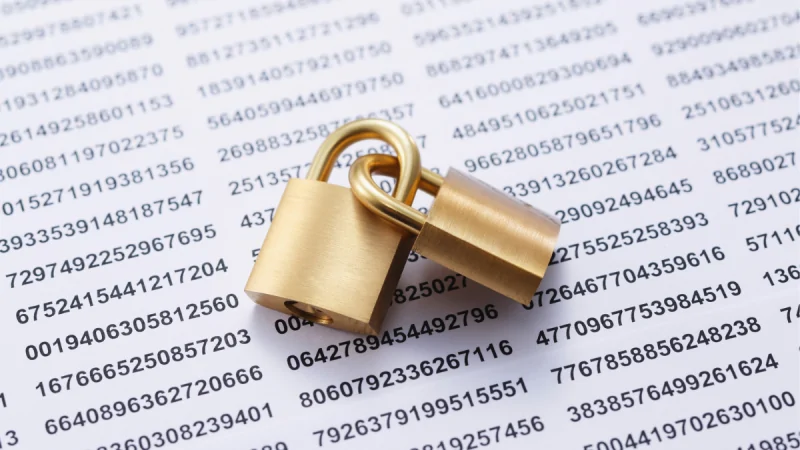How UPI Frauds Are Done & How To Identify UPI frauds.

How UPI Frauds Are Done & How To Identify UPI frauds.
UPI (Unified Payments Interface) frauds in India are typically carried out by tricking the victim into sharing sensitive information or by exploiting vulnerabilities in the UPI system.
Here are some examples of UPI frauds that have occurred in India:
- Phishing scams: In this type of fraud, fraudsters create fake UPI payment apps or websites that look like legitimate ones, and then send phishing messages or emails to potential victims. These messages contain links to fake apps or websites, and when the victim enters their UPI ID and password, the fraudsters steal their login credentials.
- Social engineering: In this type of fraud, fraudsters use social engineering tactics to trick the victim into sharing their UPI credentials. For example, they may pose as bank employees and call the victim, asking them to share their UPI PIN for some bogus reason.
- SIM swapping: In this type of fraud, fraudsters gain access to the victim’s UPI account by swapping their SIM card. They then use the victim’s phone number to reset their UPI PIN and transfer money out of their account.
- Fake refund scams: In this type of fraud, fraudsters pose as customer service representatives and call or message the victim, claiming that they are eligible for a refund. They then ask the victim to share their UPI ID and password to initiate the refund process but instead use this information to steal money from their account.
- Malware attacks: In this type of fraud, fraudsters use malware to gain access to the victim’s UPI account. They may infect the victim’s phone with malware through a fake UPI payment app or by tricking them into downloading a malicious attachment.
It’s important to be vigilant and cautious when using UPI and to never share your UPI ID, password, or PIN with anyone.
Always verify the legitimacy of any UPI payment app or website before using it, and report any suspicious activity to your bank immediately.
Here are some ways to identify UPI fraud
- Suspicious messages or emails: Fraudsters may send messages or emails that claim to be from your bank or a UPI payment service, asking you to click on a link or provide your UPI ID, password, or PIN. Be wary of unsolicited messages and emails, especially if they ask for personal information or demand urgent action.
- Unexpected transactions: If you notice any unexpected transactions in your UPI account, it may be a sign of fraud. Check your transaction history regularly and report any unauthorized transactions to your bank immediately.
- Unusual device activity: If you notice that your UPI account has been accessed from an unusual device, it could be a sign of fraud. Many UPI payment apps provide alerts for new device registrations or logins, so pay attention to these notifications and report any suspicious activity to your bank.
- Incorrect UPI ID or QR code: Fraudsters may create fake UPI IDs or QR codes that look similar to legitimate ones. Always double-check the UPI ID or QR code before making a payment, especially if it is a large transaction or an unknown recipient.
- Unexpected calls or messages: Fraudsters may impersonate bank officials or UPI service providers and ask for your UPI ID, password, or PIN. Be cautious of unexpected calls or messages, and never share your personal or banking information with anyone over the phone or through messaging.
If you suspect that you have been a victim of UPI fraud, immediately contact your bank and report the incident.
The earlier you report the fraud, the better your chances are of recovering any lost money.






